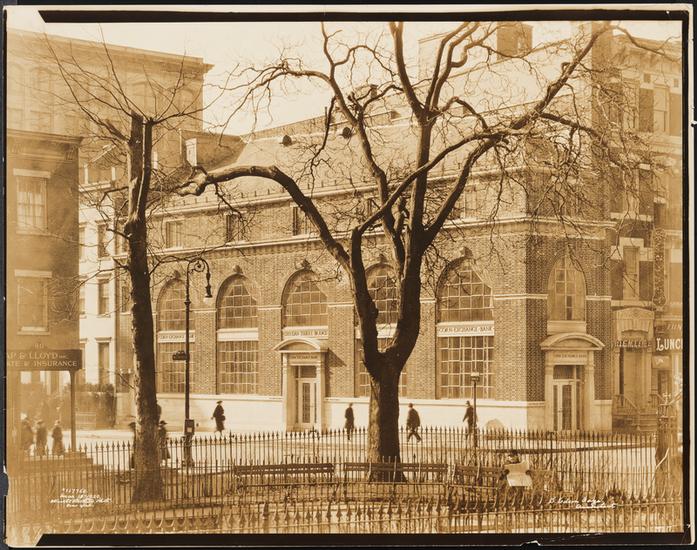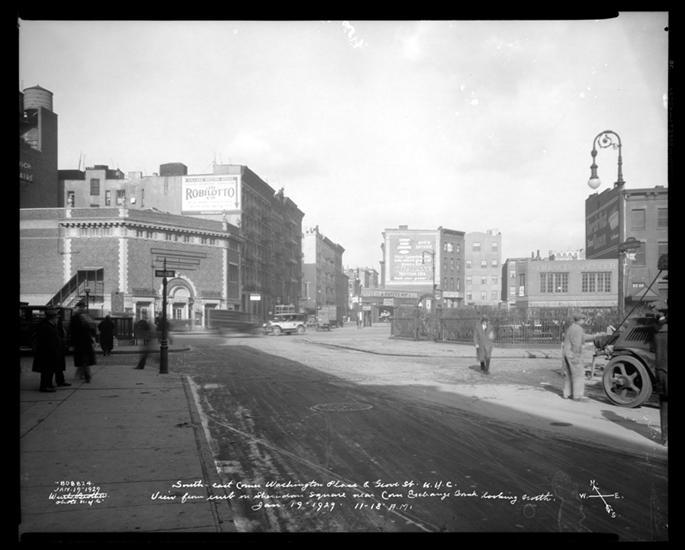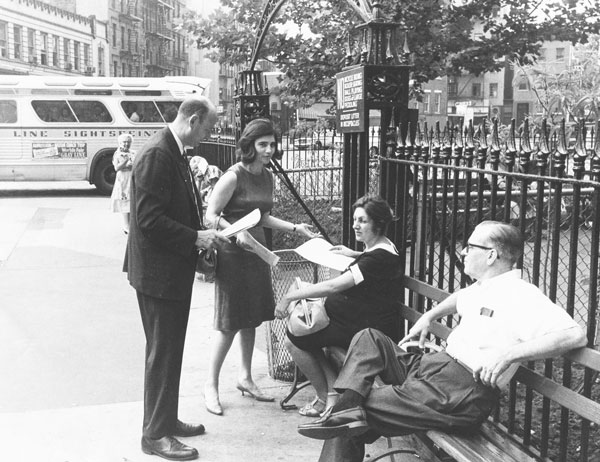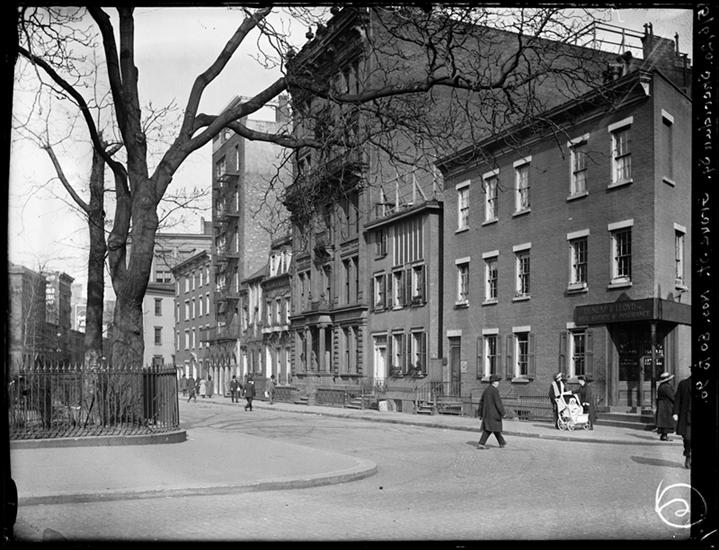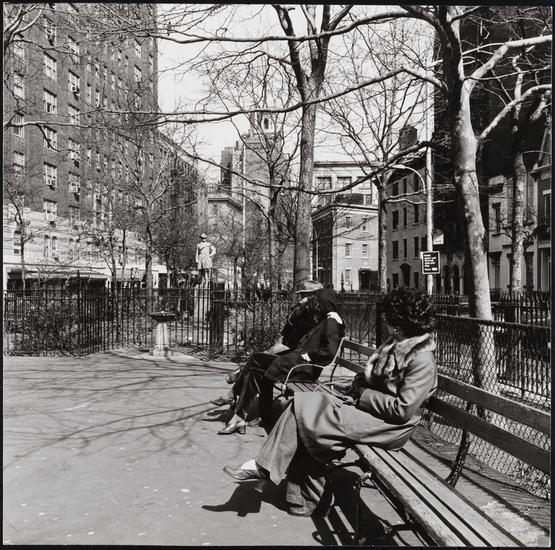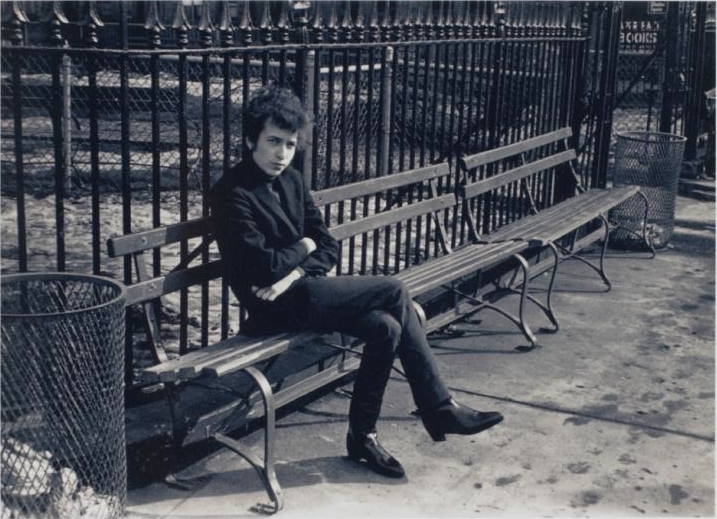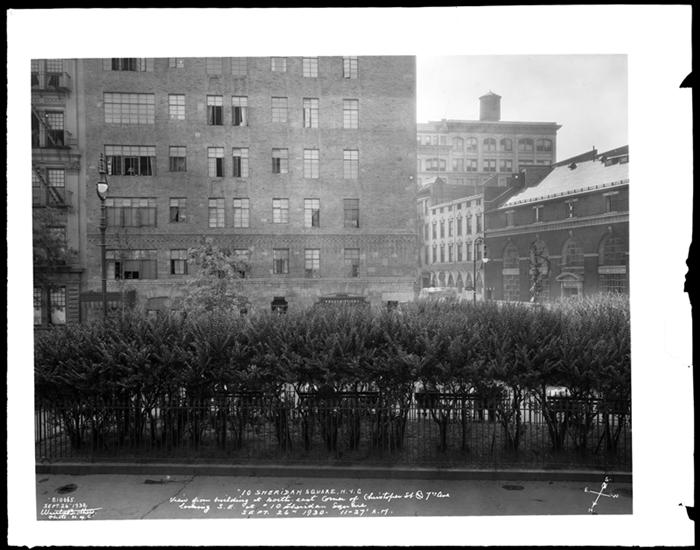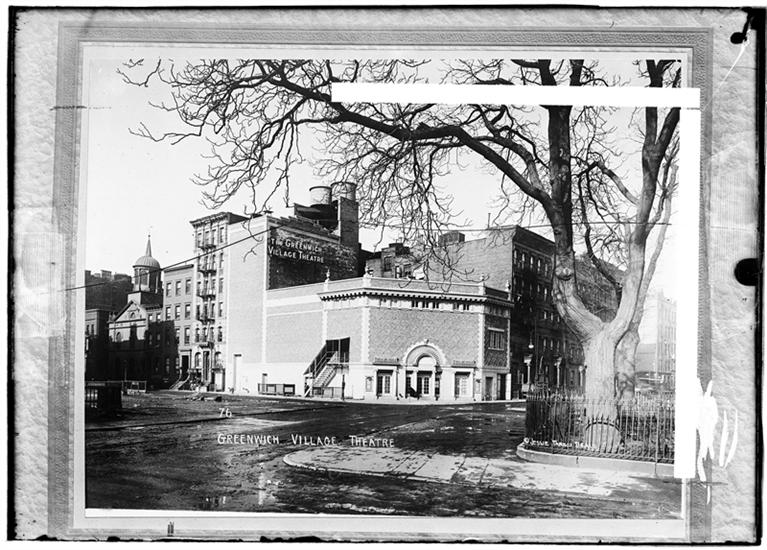History
The land that is now Christopher Park was developed from 1633 to 1638 as a tobacco farm by Wouter Van Twiller, Director-General of New Netherland. Following Van Twiller’s death, his land was divided into three farms: the Trinity Church and Elbert Herring farms to the south and Sir Peter Warren’s farm to the north. Skinner Road was laid out along the line separating the Warren farm from the other two. This road was later renamed Christopher Street, honoring Charles Christopher Amos, an heir of a trustee to the Warren estate.

Between 1789 and 1829, Christopher Street was subdivided into lots, and blocks were laid out along its length. Due to the irregular configuration of streets in Greenwich Village, blocks were not laid out according to a standard grid plan, and many oddly-shaped blocks were created. In the early 1800s, the population of Greenwich Village expanded dramatically, and the area around Christopher Street began to suffer from overcrowding. When a devastating fire tore through the area in 1835, residents petitioned the City to condemn a triangular block at the intersection of Christopher, Grove, and West 4th Streets and establish a much-needed open space on the site. On April 5, 1837 the City condemned the parcel and created Christopher Park.

With the widening of Seventh Avenue and the construction of the IRT subway line in 1910, Greenwich Village became divided between the working-class neighborhood to the west and an artistic, Bohemian community to the east. The destruction of several blocks of Christopher Street in order to widen Seventh Avenue and the opening of the Christopher Street subway station placed Christopher Park at the center of this division. Tension developed among various groups in the Christopher Street area as the population of Greenwich Village began to decline in the 1940s.

On June 27, 1969, there was rioting on Christopher Street when police raided the Stonewall Inn, a popular gay establishment, in order to curb liquor law violations. Over the next few days, in what is known as the Stonewall Rebellion, several thousand rioters filled the streets to protest the police action. Thereafter, Christopher Park became a symbol of the gay liberation movement. In 1999 the site of the Stonewall uprising—the Stonewall Inn, Christopher Park, and the surrounding neighborhood streets—were placed on the New York State Register of Historic Places and added to the National Register.
In 2015, the National Park Conservation Association initiated a campaign to create the first National Park or Monument to commemorate the struggle for LGBTQ right based in Christopher Park. The proposal to create a Stonewall National Monument within the National Park Service quickly gained support throughout the community, city, and state. The Secretary of the Interior and the Director of the National Park Service held a community meeting recently to glean community feedback on the initiative.
President Obama designated Stonewall National Monument on June 24, 2016, the first national park site to honor the struggle for LGBT rights. With the transfer of the park from NYC to the National Park Service, Christopher Park became centerpiece of the Stonewall National Monument.
HISTORICAL PHOTOS
Christopher Park and adjoining streets through the ages.
ADDITIONAL RESOURCES
Detailed history of park is posted at NYC Department of Parks & Recreation.
Details of the Stonewall Rebellion are posted at Greenwich Village Society for Historic Preservation.

